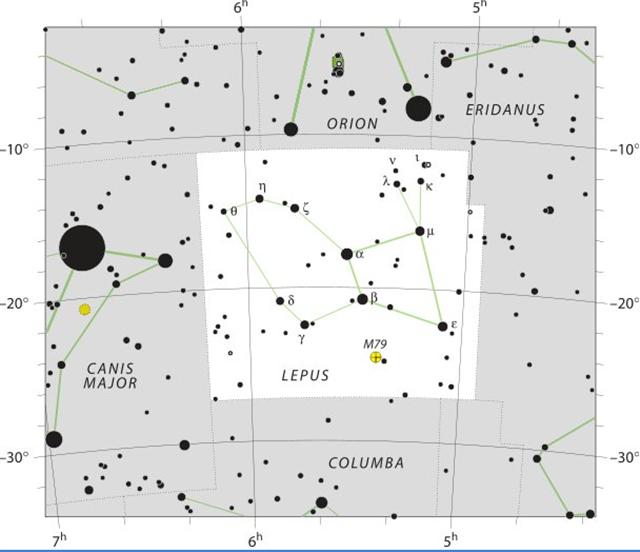6. There remains one more matter to attend to: ... Faka-iti, Little Valley; a Tuamotuan star described as the first bright star west of Oupo, which is the first bright star west of Sirius. If 'bright' is interpreted as between second and third magnitude, then Oupo is Beta Canis Majoris and Faka-iti is Alpha Leporis ... The brightest (α) star in the Hare ought to signify Moon (because she has a hare in her face). A change of rule from Spring Sun to Moon can therefore be expected at this the third Faka-iti.
But, we can see, the third Faka-iti is very much the same as the second Faa-iti. I.e. the 'little valley' could refer to the time and not to specific stars:
We can imagine a movement downwards from Perseus to the Pleiades and a month later a similar movement downwards from Orion to Lepus.
Or maybe we should say that the movement down from Orion to Lepus, which once occurred at spring equinox north of the equator, had to be shifted to a movement down from Perseus to the Pleiades about 2000 years later (27 * 72 = 1944). |
||||||||||||||||||||||||||||



